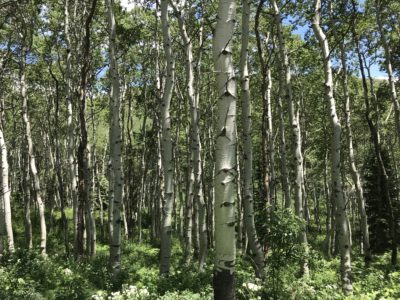
My friend Meg wrote an article a long time ago, “Disturb Me Please.” It was Meg’s version of how to invite organizational learning. It was Meg’s version of working skillfully and with integrity amidst complex circumstances. It was Meg’s version of trusting in self-organization — that which happens in relation to a disturbance, that impacts people in deeper reaching ways.
Yesterday I was in a conversation in which disturbance was being asked for. It was me, a colleague, and a client team leader. It was mostly the context of listening to what might be possible and helpful at an all staff gathering later in 2020. It was one of those conversations where we were listening together for possibility and pattern — as it always is with complexity, it’s seeking a direction for experimenting more than seeking a solution.
Disturbance — in thought, in understanding, in responding to circumstance — is what we were talking about implicitly. As it pertains to this team, we are inherently counting on the value of a disturbance through some provocative exercises, to create a reorganized and re-attended learning among them. It’s always about some layer of organizational health — that’s team, community, organization.
I felt an excitement beginning to imagine exercises that would support this. I also felt an excitement to hear some of the disturbance “why” that was emerging for this group. It’s a common story and a common need for teams that are usually focussed on their own stuff. But that stuff is so often connected to a broader and macro pattern that is happening in many places. My Buddhist friends remind me that the most personal is the most universal — when it comes to organizational health, the most personal of what is challenging a team is also so often what is challenging many teams in many diverse settings globally.
The “Why” For This Team:
- Be in learning, always.
- Be in connection, always.
- Dare to shift orientation, even if momentarily from “I” to “We.”
- Wonder about inherent mystery or unknowns together.
- Know and feel a momentary equalness and sharedness together.
My job, when it comes to working with teams these days, is so much about creating a container in which the disturbance can not only be experienced, but welcomed. So that there can be some added self-organizing and aha-ing that happens to help them with learning, connection, collaboration, remembering to encounter the unknown, and reclaiming a momentary sense of equality and inclusion. And with that container, we create a few conditions that might help them grow and improve what they are doing together — or grow some capacity to evolve.
It comes from disturbance first, and then the natural organizing that can grow from there. It’s really important doorway to ongoing organizational learning, which most of us are seeking.

